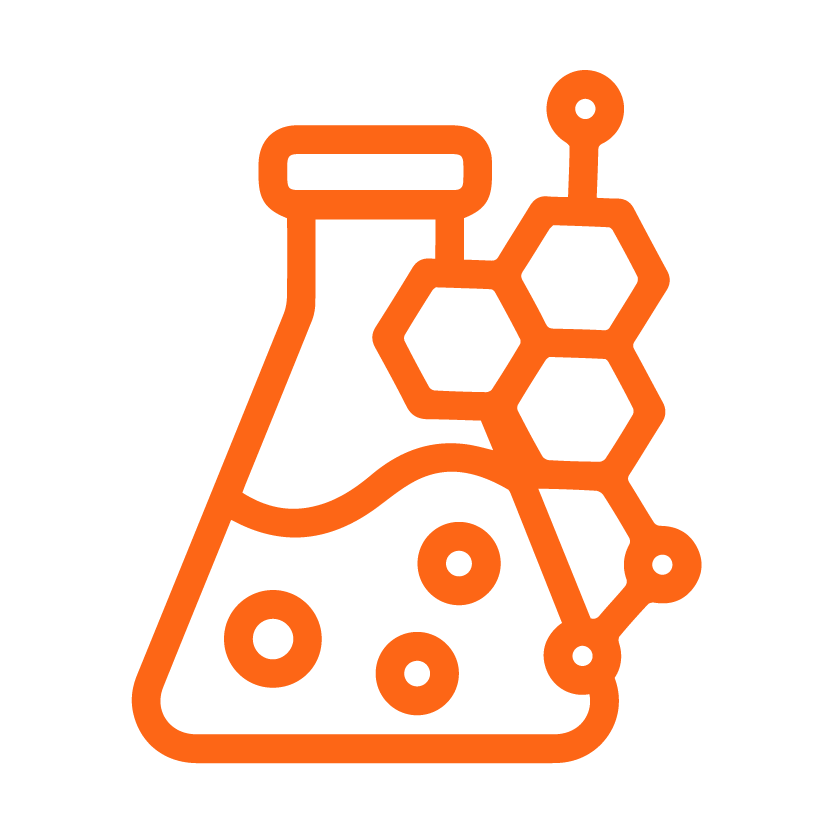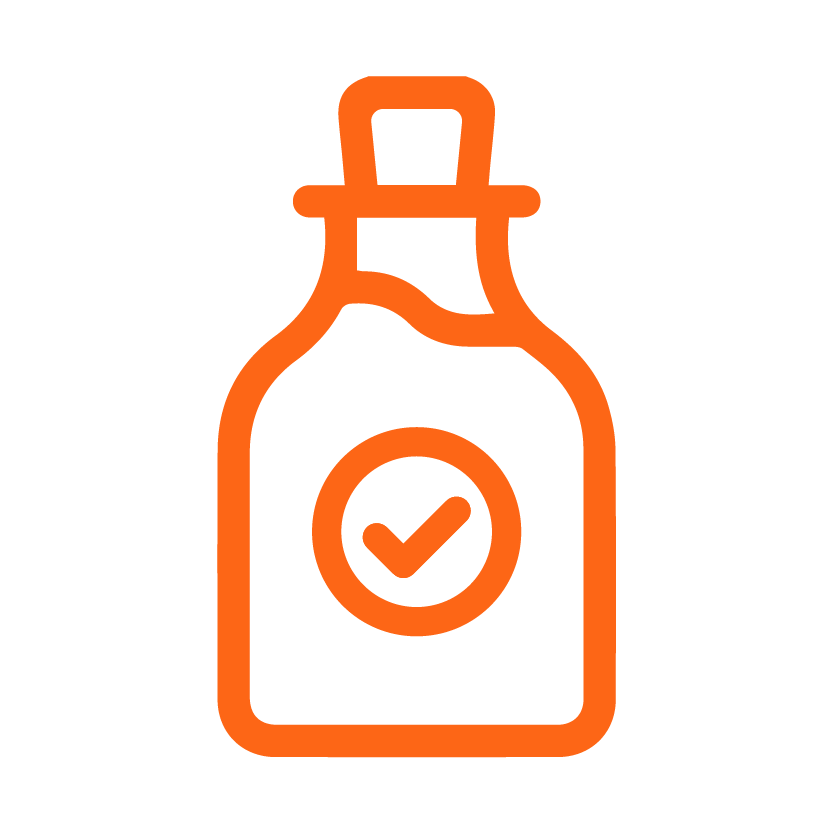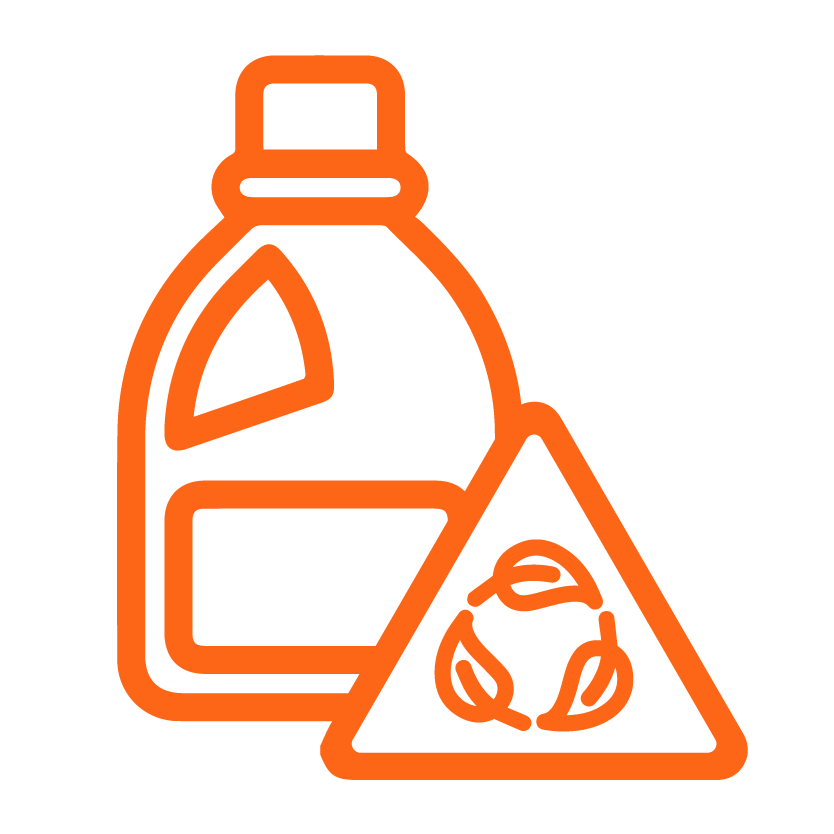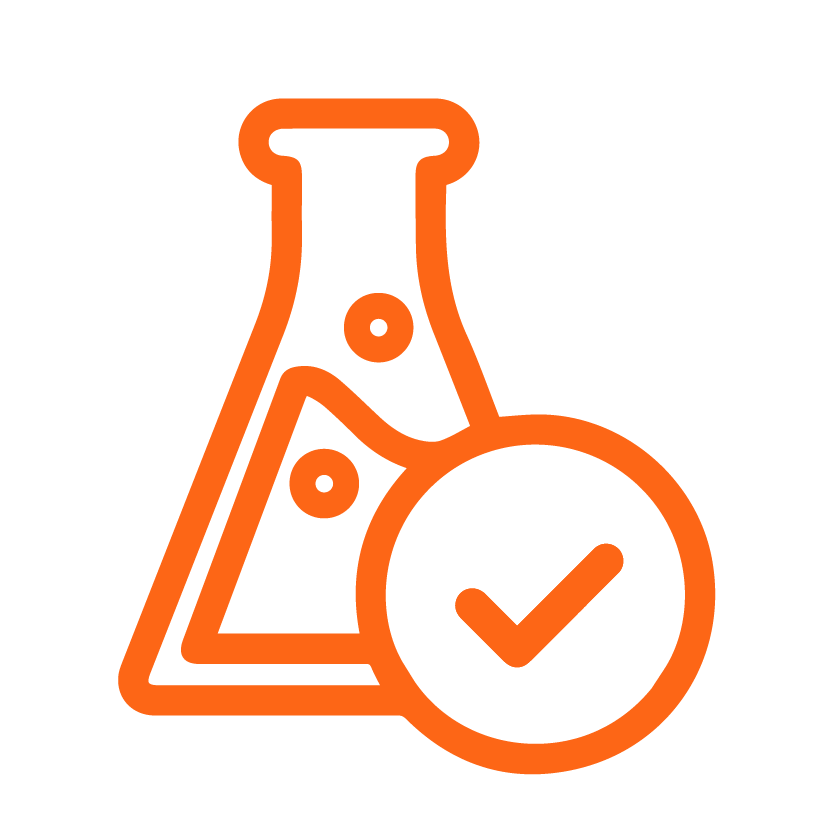"It is better to prevent waste than to treat or clean up waste after it has been created."
The principle of waste prevention is to minimize the use of materials, particularly in chemical procedures in environmental testing where byproducts are generated in wastewater. It is important to enforce strict measurements of substances used to reduce chemical waste.
Example: Manufacturing simvastatin through an efficient biocatalytic process
Prof. Yi Tang of the University of California, Los Angeles, led a team in developing a new technique for manufacturing simvastatin, a widely used treatment for high cholesterol. They identified safer and more practical components, such as the biocatalyst LovD and the low-cost acyl donor dimethylbutyryl-S-methylmercaptopropionate.
Moreover, this new method avoids harmful chemicals, such as tert-butyl dimethylsilane chloride, making it economical, practical, and effective in reducing hazardous waste.














